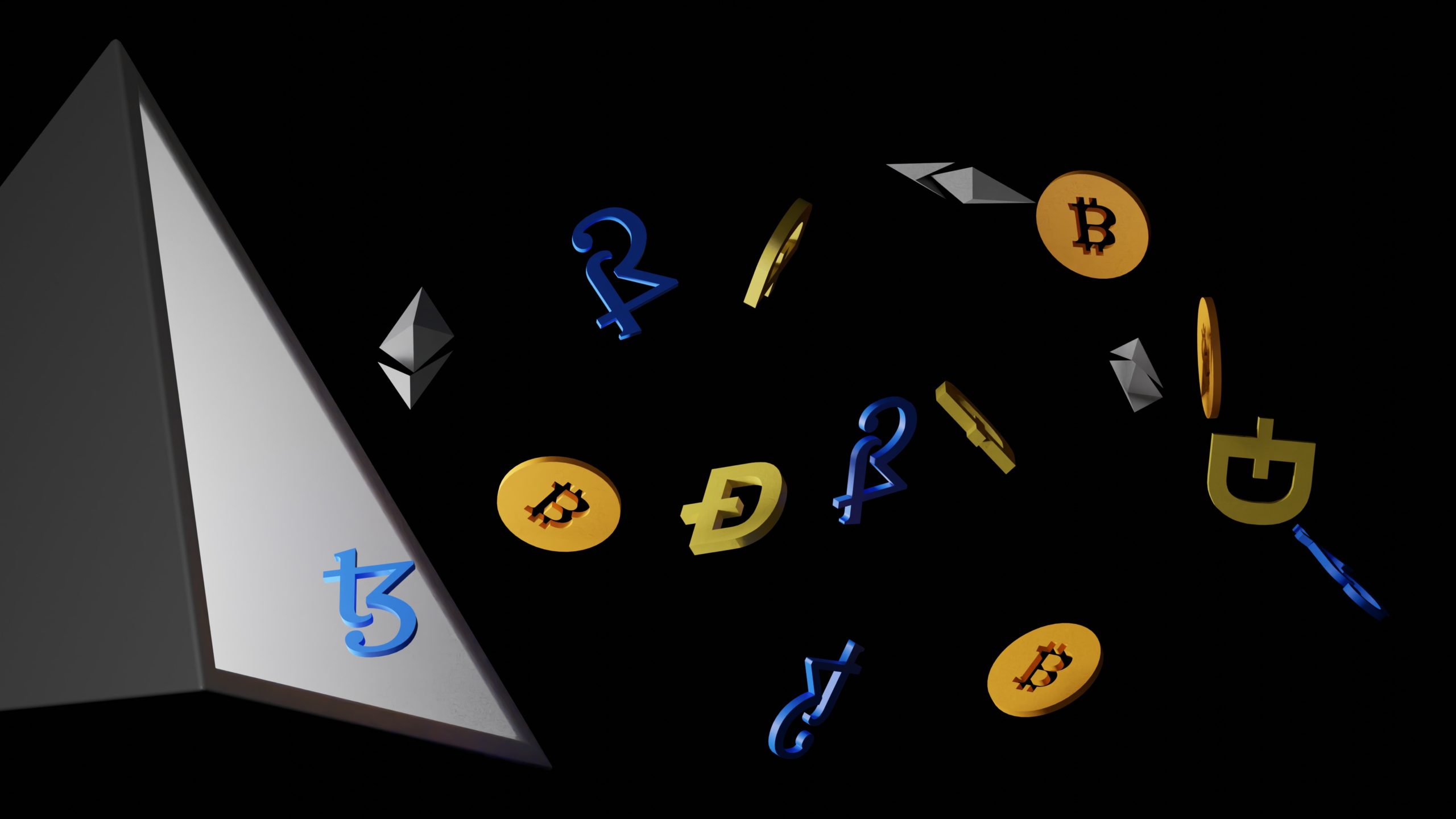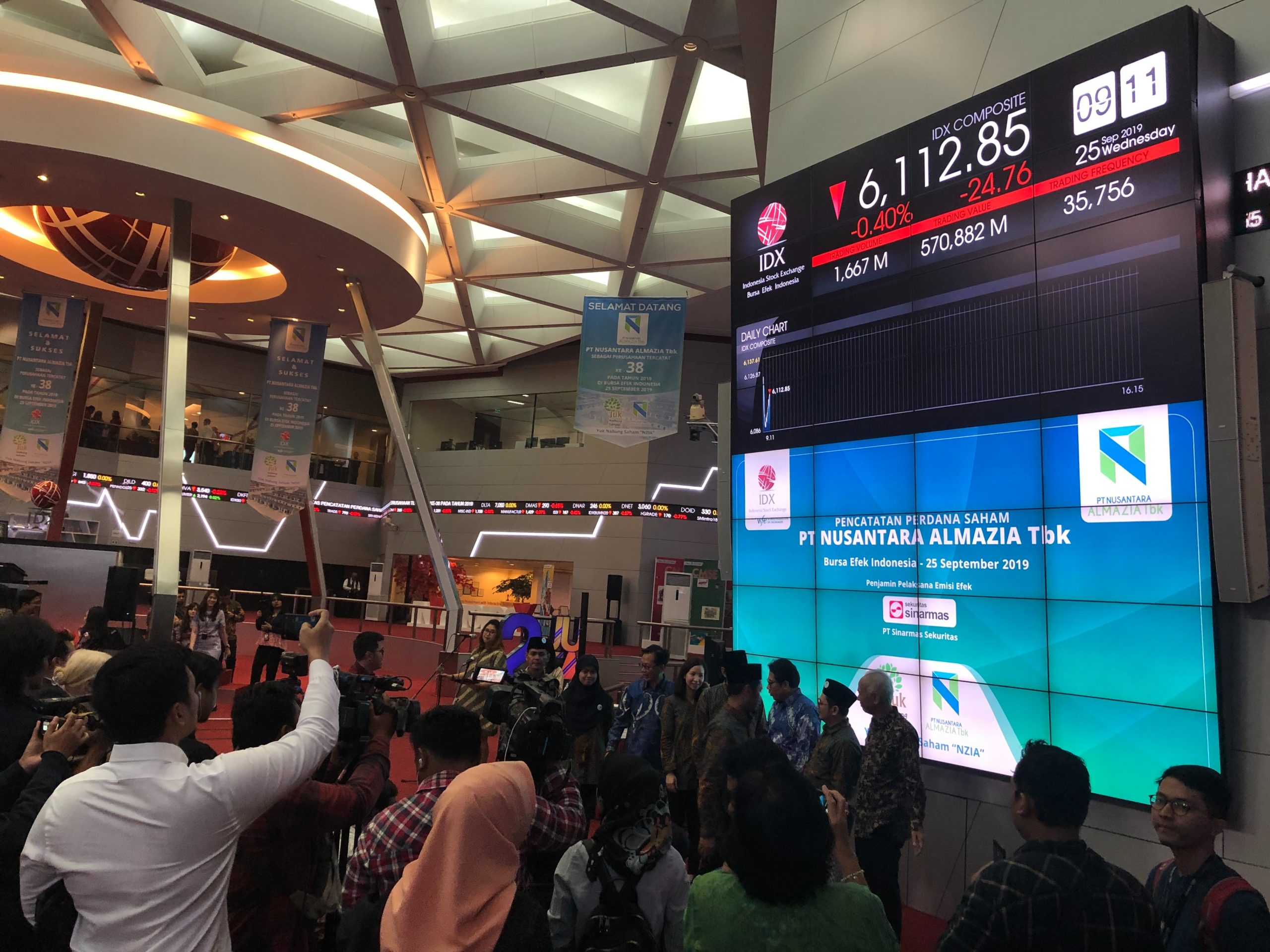Whether it’s remittance, investment, loan, or payback, moving money from one country to another requires legal and authorized channels. Money transferring channels are of various types; each type caters to a different market segment. Channels used for small transfers may not work for larger amounts.
Regardless of whether you are sending remittance, paying your or child’s fee, or making payment for a business arrangement, you have a myriad of options to choose from. Your decision will be based on several factors; the amount of money, locations of origin and destination, purpose, recipient’s and sender’s financial qualification, time at hand, etc.
In this article, we will explore various methods which you can use to transfer money from anywhere in Europe to Singapore.

Bank transfers
Many European banks have their branches or presence through subsidiaries in Singapore. If you have a bank account that operates out of Singapore, and the person you wish to transfer money to has the same bank account, then your task is simply to transfer the amount online through the bank’s mobile application or web platform.
Another way of using a bank for transfer is to deposit cash or check in the recipient’s bank account, provided their bank operates in your location. In both cases, the bank will apply an international transaction fee and the inter-bank money exchange rate.
The advantage of using a bank is that there is no limit to the amount you wish to send. As long as the documentation and information are shared with the bank regarding the recipient, the purpose of transfer, and source, banks can virtually transfer millions of dollars anywhere in the world.
The disadvantages are that the transaction takes up to 5 working days before the recipient can withdraw. Secondly, documentation and providing minute information may pose a hassle at times. Lastly, in large amounts physical visit to the branch is usually required.
Wire transfer
Wire transfer is a swift, easy-to-use, and widely accessible mode of money transfer. Western Union, MoneyGram, and other similar services have thousands of branches worldwide. More than 10 in one city if required. A wire is a cash-based system; simply walk into a Western Union branch, fill out the recipient’s credentials and that’s it. The money will be transferred instantly. The recipient is notified by email, SMS, and other communication that the sender prefers.
Note that wire services charge a handsome we on top of an inflated exchange rate, and this is a big disadvantage of wiring money. Another disadvantage is the limit as to the amount that can be wired.
Application, web-based platforms
For small transactions, usually used by online shoppers, freelancers, etc., web-based platforms and mobile applications are a relief. Registration to most of the applications is free; though multiple-step verification is required. Usually, social security number or National ID card, residential address, proof of source, etc. are required.
Once you have an account registered, you can transfer money to millions of users worldwide. Some of the most used apps and platforms are PayPal, Wise, Instarem, Revolut, etc.
Comparison between banks vs platforms
Generally, online platforms and applications are cheaper than banks. Especially when transferring smaller amounts. Most applications only charge a minor amount; either tacked from the exchange rate or the per-transaction fee. Unlike banks that often charge high exchange rates, many times hidden and unknown to the user.
While choosing between applications and platforms, we advise that you pay close attention to the subscript. That little star over a condition that goes primarily unnoticed, has that hidden charge that can shift the entire transaction in the bank’s favor.
If you are aiming at availing of the cheapest deal, you should spend time on the conversion calculators of banks and apps.









